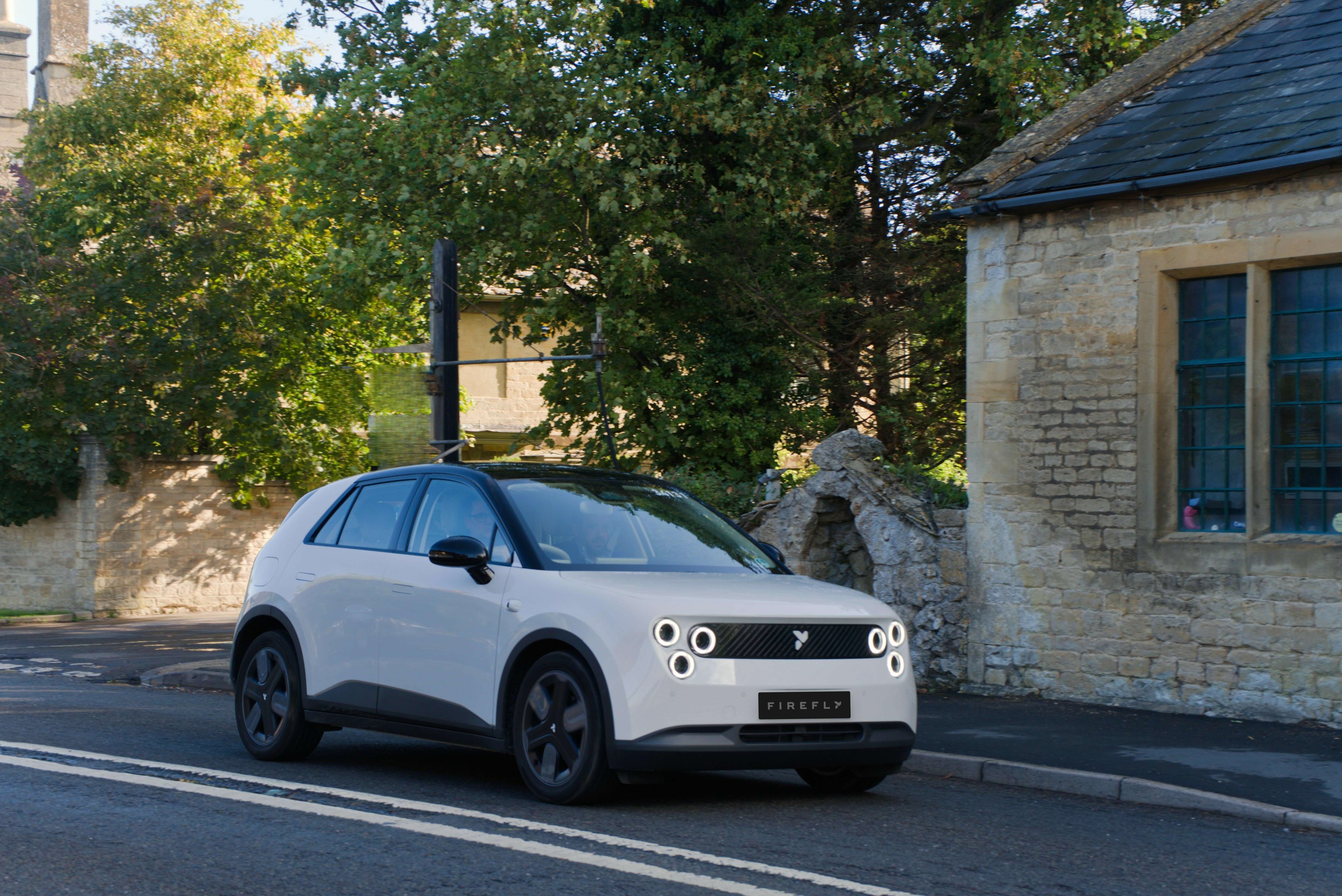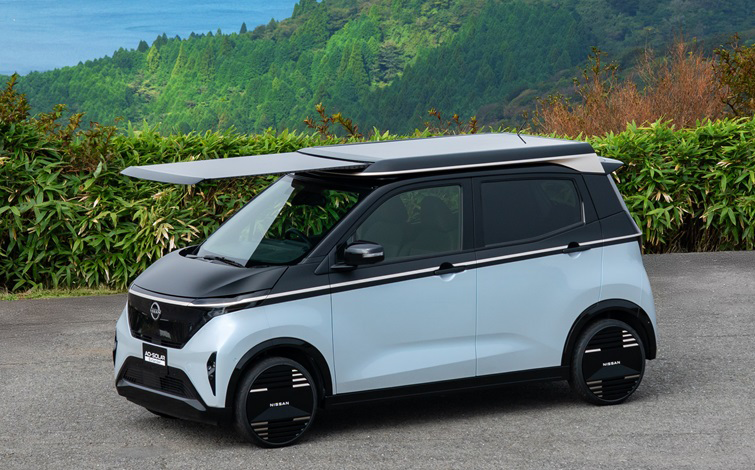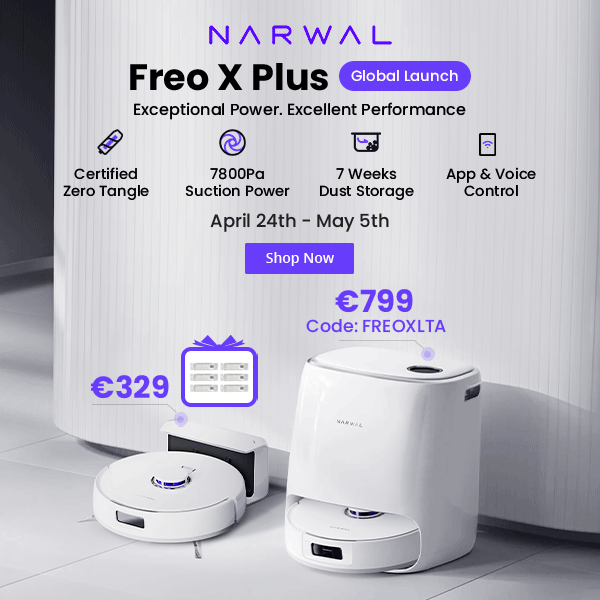
Pedro Lima
My interest in electric transportation is mostly political. I’m tired of coups and wars for oil. My expectation is that the adoption of electric transportation will be a factor for peace and democracy all over the world.
Currently the most energy dense battery packs made with cobalt-free LFP (LiFePO4) cells in China are being used by electric buses.
Yutong electric buses powered by CATL’s LFP battery cells hold the current record with an impressive figure of 161,29 Wh/kg at the battery pack level. This means that at the battery cell level CATL already managed to surpass 190 Wh/kg…
It comes as a nice surprise after the disappointing energy density figure of 125 Wh/kg achieved by the Tesla Model 3 with CATL’s LFP battery cells.
While most automakers are still making excuses to delay the massification of electric cars, the Standard Range Plus version of the Tesla Model 3 made in China already has an extremely safe, durable, simple and cheap cobalt-free LFP battery from CATL and an impressive profit margin of 35 %.
This version costs 291.800 yuan (36.480 euros) before government subsidies and 271.550 yuan (33.948 euros) after subsidies.
Curiously, in the more expensive Long Range version of the same electric car made in China the profit margin is lower (32 %). In this version the battery is more complex and made with NCM 811 cylindrical battery cells from LG Chem.
The first generation NCM 811 battery cells from CATL and SK Innovation are now on top of the list of the most energy dense cells used in China.
As for the second generation of NCM 811 batteries with silicon added to the graphite anode, they will arrive later this year and will be able to reach 300 Wh/kg.
The latest list also shows us that cylindrical battery cells are no longer required to achieve great energy density levels.
It’s no secret that the massification of electric cars requires batteries made with cheap raw materials, which means that they need to be cobalt free.
However, cobalt-free battery cells still don’t have great energy density, therefore reducing passive material is crucial to achieve overall good energy density and cost at the battery pack level.
The active material of battery packs is what stores the energy (cells) and its cost is variable (60-90 euros per kWh). The passive material is what assembles and protects the cells (cables, tubes, electronics and case), it doesn’t depend much on battery capacity and its cost tends to be more linear.
It’s no longer an educated guess on my part, we now have the confirmation that LG Chem started the trial production of NCM 712 battery cells at its plant in Poland last year. As for mass production it started early this year.
The new LGX E78 battery cell is now being used by the Volkswagen ID.3 and the new generation Renault ZOE.
Manufacturer: LG Chem Model: LGX E78 Voltage: 3,65 V Capacity: 78 Ah Weight: 1.073 g Gravimetric energy density: 265 Wh/kg Chemistry: NCM 712 I suspect that the Dacia Spring Electric will also get this NCM 712 battery cell from LG Chem.
Large battery cells… why now?
Simpler battery packs made with fewer and larger battery cells weren’t possible with compromised platforms like MQB, however in skateboard platforms like MEB - specially made for electric cars -, they are not only possible, they are what makes sense.
If you’re wondering why Tesla is still using thousands of tiny cylindrical battery cells to assemble complex battery packs, it’s because when the automaker introduced the Roadster in 2008, high energy density battery cells were only available in that format (mostly used in laptops).
In an online presentation SVOLT gave us more information about its NMx cobalt-free battery cell that’ll arrive next year.
This long cobalt-free battery cell from SVOLT is specially made to be used in battery packs assembled with the CTP (cell-to-pack) technology.
With the CTP technology instead of having battery cells inside modules, then modules inside battery packs, we remove modules altogether. We end up with long prismatic battery cells connected in series that are put in an array and then inserted into a battery pack, making it as simple as it can be.
In early March I wrote an article about Tesla’s smart strategy in China. In that article I wrote that cobalt-free LFP/LFMP battery packs could already be made for 80 euros per kWh and NCM 811 battery packs for 100 euros per kWh.
Some readers may think that I was being optimistic in that article, but I wasn’t. In fact, I was very cautious with my estimates.
As you can see below, Reuters’ sources now confirm that the cost estimations I presented months ago were actually conservative.
The new generation Renault ZOE gets a WLTP range up to 395 km (245 miles) from its ZE 50 battery. As I wrote in the previous article, the battery pack is made with 192 LGX E78 battery cells from LG Chem.
Let’s see the details.
Battery cell
Manufacturer: LG Chem Model: LGX E78 Voltage: 3,65 V Capacity: 78 Ah Weight: 1.073 g Gravimetric energy density: 265 Wh/kg Chemistry: NCM 712 New generation ZE 50 battery
For several reasons Volkswagen has been criticized by the electric vehicle community, including myself. Not only due to the shameful dieselgate, but also because the automaker has been leading the transition to electric cars only in the press release category, a lot of talk and very little done. Until recently VW was a synonym for vaporware…
However, I recognize the merit when I see it, and Volkswagen’s MEB platform has its merits. In my opinion it’s the best thing we will get for electric cars from European automakers in the short term.
The Ministry of Industry and Information Technology of China regularly publishes a catalog of recommended electric cars eligible for government subsidies and now the fifth batch in 2020 has been officially announced.
In this catalog we have a lot of interesting information about Chinese electric cars. Let’s see some of it.
Geely Geometry C Wheelbase: 2.700 mm Length: 4.432 mm Width: 1.833 mm Height: 1.560 mm Curb weight: 1.665 kg Electric motor: 150 kW and 310 N.m Maximum speed: 150 km/h (93 mph) NEDC range: 550 km (342 miles) WLTP (estimation): 412 km (256 miles) NEDC efficiency: 14 kWh/100 km WLTP efficiency (estimation): 18,7 kWh/100 km Battery gravimetric energy density: 183,23 Wh/kg Geely Geometry C uses battery cells made by CATL.
Today most electric cars are powered by batteries with NCM cathodes, whose raw materials besides lithium include nickel, cobalt and manganese.
As you probably already know, for the last few years the goal has been to reduce the use of cobalt, which is rare and expensive. Nickel is being used to replace cobalt allowing more energy-dense and cheaper batteries.
NCM 111: cathode with a Ni:Co:Mn composition ratio of 1:1:1 NCM 424: cathode with a Ni:Co:Mn composition ratio of 4:2:4 NCM 523: cathode with a Ni:Co:Mn composition ratio of 5:2:3 NCM 622: cathode with a Ni:Co:Mn composition ratio of 6:2:2 NCM 712: cathode with a Ni:Co:Mn composition ratio of 7:1:2 NCM 811: cathode with a Ni:Co:Mn composition ratio of 8:1:1 However, the next important phase in the development of NCM batteries is to replace nickel with much more abundant and cheaper manganese.








































